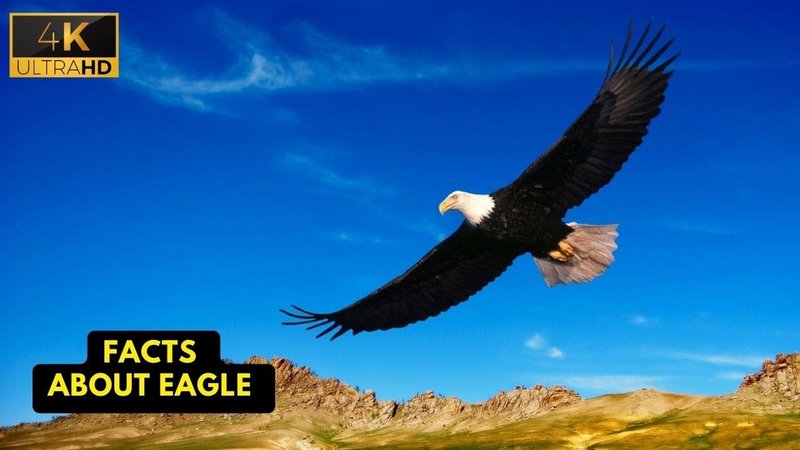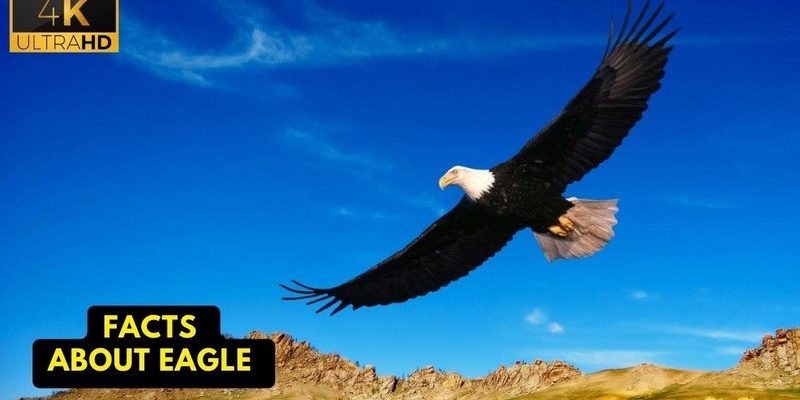
The eagle’s evolution isn’t just a tale of survival; it’s a reflection of changing environments, human interactions, and the delicate balance of ecosystems. Just like the technology we use today evolves to meet our needs—think of smartphones or remotes—eagles have adapted through millions of years to thrive in diverse habitats. So, grab your coffee, and let’s dive into the captivating history of these iconic birds.
The Beginnings: A Look Back in Time
Eagles belong to the family Accipitridae, which includes a variety of birds of prey. They first appeared on Earth around 60 million years ago. Imagine a time when dinosaurs were still roaming the planet! Early eagles likely evolved from smaller raptors, adapting to their surroundings as climates changed and food sources shifted. Their keen eyesight and powerful beaks set them on the path to becoming top predators.
These feathered hunters were initially smaller than many of today’s species. Over time, they grew larger and more powerful. Their sharp talons and exceptional hunting skills allowed them to dominate their environments. They became masters of the skies and skilled scavengers, feeding on everything from small mammals to carrion. This adaptability is a key reason why eagles survived significant extinction events while other species perished.
Eagles and Human Culture: Symbolism and Mythology
Throughout history, eagles have held significant cultural meaning for various civilizations. In ancient Rome, for instance, the eagle represented Jupiter, the king of the gods, symbolizing strength and power. It was also featured on imperial standards, serving as a sign of authority. In Native American cultures, eagles are often seen as messengers between humans and the divine. Their feathers hold sacred meanings, used in ceremonies and rituals to connect with spiritual realms.
In literature and art, eagles embody freedom and bravery. They often appear as symbols on flags and emblems, reminding us of the values we aspire to. This connection with human culture highlights how closely intertwined our lives are with nature, reflecting our respect and admiration for these magnificent birds. As we continue to explore the eagle’s journey, it’s essential to recognize their significance in shaping human thoughts and beliefs.
Variations of Eagles: Unpacking the Species
When we think of eagles, the iconic bald eagle or the golden eagle likely comes to mind. But did you know there are more than 60 species of eagles worldwide? Each species has adapted to different environments, showcasing a remarkable range of traits and behaviors.
– Bald Eagles are primarily found in North America and have become symbols of the United States. Their striking white head and tail contrast sharply with their dark brown body, making them easily recognizable.
– Golden Eagles, on the other hand, are known for their agility and strength. They often inhabit mountainous regions and are famous for their incredible hunting skills.
These variations show how eagles have evolved to fit their specific environments, whether it’s the coastlines of Alaska or the arid regions of Africa. This diversity highlights the importance of conservation efforts, as many eagle habitats are threatened by human activity.
The Role of Eagles in Ecosystems
Eagles are not just magnificent to look at; they play a crucial role in maintaining balanced ecosystems. As apex predators, they help control populations of small mammals and other prey species. This balancing act keeps ecosystems healthy and functioning. Without eagles, the food chain could easily become disrupted, leading to overcrowded populations of certain animals and a decline in vegetation.
Additionally, because they are at the top of their food chain, eagles can serve as indicators of environmental health. If eagle populations start to decline, it often signals issues within the ecosystem, such as pollution or habitat loss. Monitoring these birds can provide valuable insights into the state of our natural world.
Conservation Efforts: Protecting the Majesty
With so much at stake, conservation efforts for eagles have become increasingly vital. Organizations and governments worldwide are working to protect eagle habitats and improve their populations. The bald eagle, once listed as endangered due to hunting and habitat destruction, has made a remarkable comeback thanks to these initiatives.
Many conservation measures focus on creating protected areas, restoring habitats, and raising public awareness about the importance of eagles. For instance, campaigns aimed at reducing pesticide use have directly impacted the health of eagle populations. Education plays a crucial role here—by informing people about the significance of eagles, we foster a culture of respect and protection for these remarkable birds.
Future Outlook: Eagles in a Changing World
As we look to the future, eagles face new challenges. Climate change is altering habitats and food availability for many species, including eagles. Their instinctive behaviors may not be enough to adapt quickly to these changes. It’s a tough reality, but there are glimmers of hope.
Technology plays a significant role in helping us understand their needs better. Researchers use tracking devices to study eagle movements and behaviors in real-time. This data helps conservationists make informed decisions about protecting these birds. The more we learn about eagles, the better equipped we are to ensure their survival.
As we move forward, it’s essential to prioritize the health of our planet and the species that inhabit it. Every action, no matter how small, contributes to a larger impact. By respecting nature and supporting conservation, we can help eagles continue to soar across our skies for generations to come.
In conclusion, the history of the eagle is a fascinating blend of evolution, culture, and conservation. Understanding their past and appreciating their present can inspire us to take action for their future. Just like those remotes we often take for granted, every little effort counts in keeping these magnificent creatures alive and thriving. So, whether you’re admiring an eagle in flight or exploring new ways to support conservation efforts, remember—the story of the eagle is our story, too.

